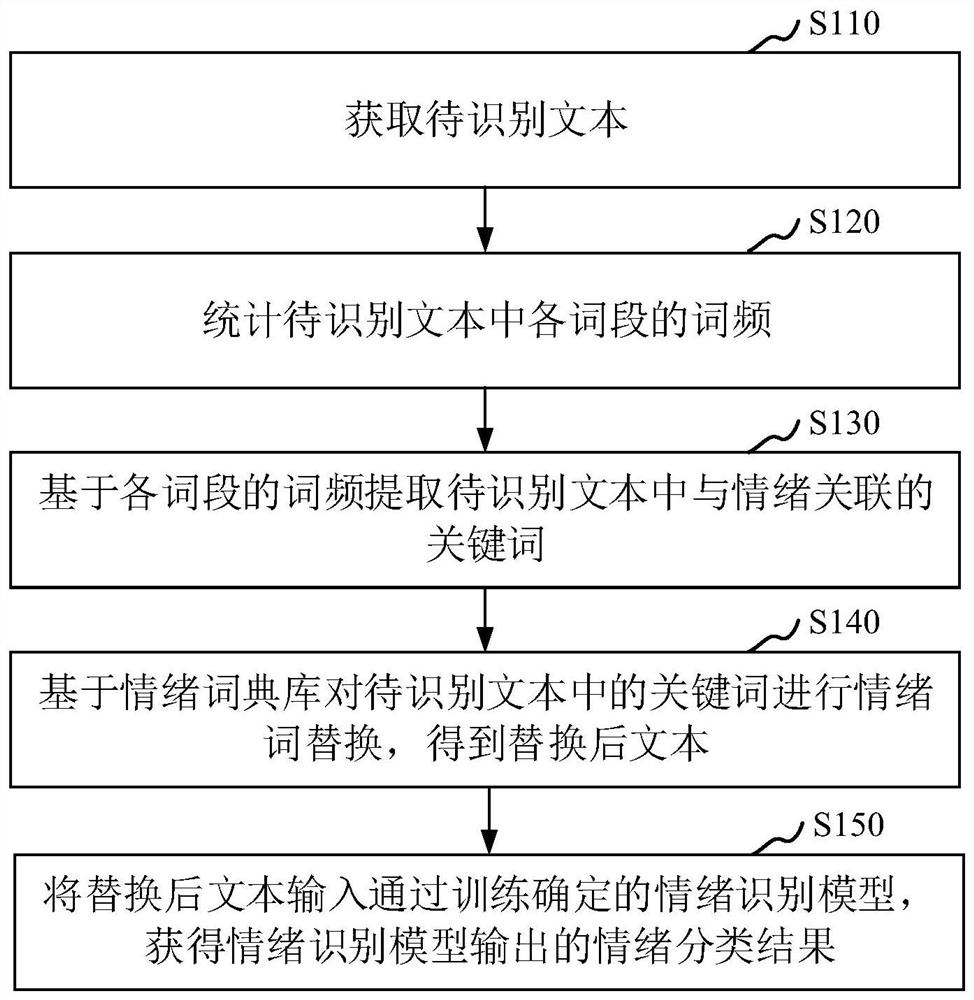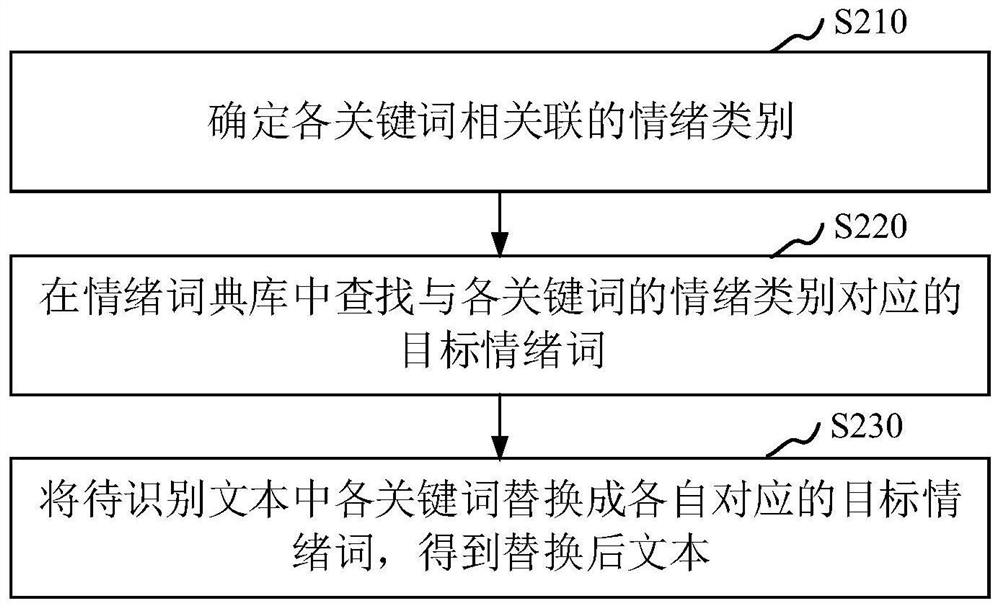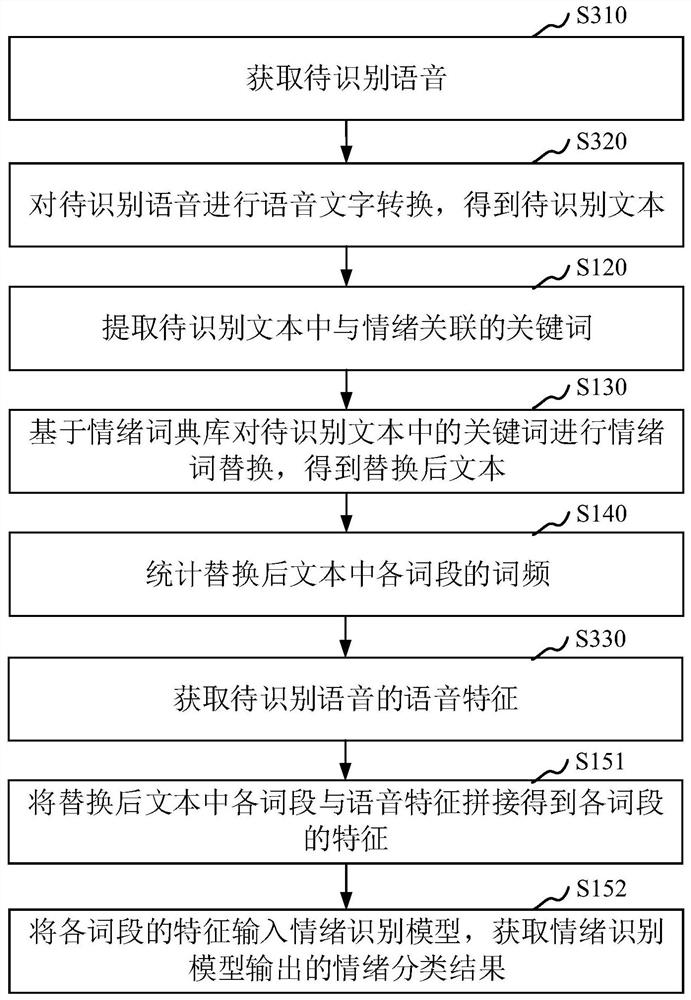Text emotion recognition method and device, computer equipment and storage medium
A technology of emotion recognition and text, applied in the computer field, can solve problems such as inaccurate recognition and achieve the effect of improving accuracy
- Summary
- Abstract
- Description
- Claims
- Application Information
AI Technical Summary
Problems solved by technology
Method used
Image
Examples
Embodiment Construction
[0061] In order to make the purpose, technical solution and advantages of the present application clearer, the present application will be further described in detail below in conjunction with the accompanying drawings and embodiments. It should be understood that the specific embodiments described here are only used to explain the present application, and are not intended to limit the present application.
[0062] In one embodiment, such as figure 1 As shown, a text emotion recognition method is provided, and this embodiment is illustrated by applying the method to a terminal. It can be understood that the method can also be applied to a server, and can also be applied to a system including a terminal and a server. It is realized through the interaction between the terminal and the server. In this embodiment, the method includes step S110 to step S150.
[0063] Step S110, acquiring text to be recognized.
[0064]Wherein, the text to be recognized refers to the text that re...
PUM
 Login to View More
Login to View More Abstract
Description
Claims
Application Information
 Login to View More
Login to View More - R&D
- Intellectual Property
- Life Sciences
- Materials
- Tech Scout
- Unparalleled Data Quality
- Higher Quality Content
- 60% Fewer Hallucinations
Browse by: Latest US Patents, China's latest patents, Technical Efficacy Thesaurus, Application Domain, Technology Topic, Popular Technical Reports.
© 2025 PatSnap. All rights reserved.Legal|Privacy policy|Modern Slavery Act Transparency Statement|Sitemap|About US| Contact US: help@patsnap.com



